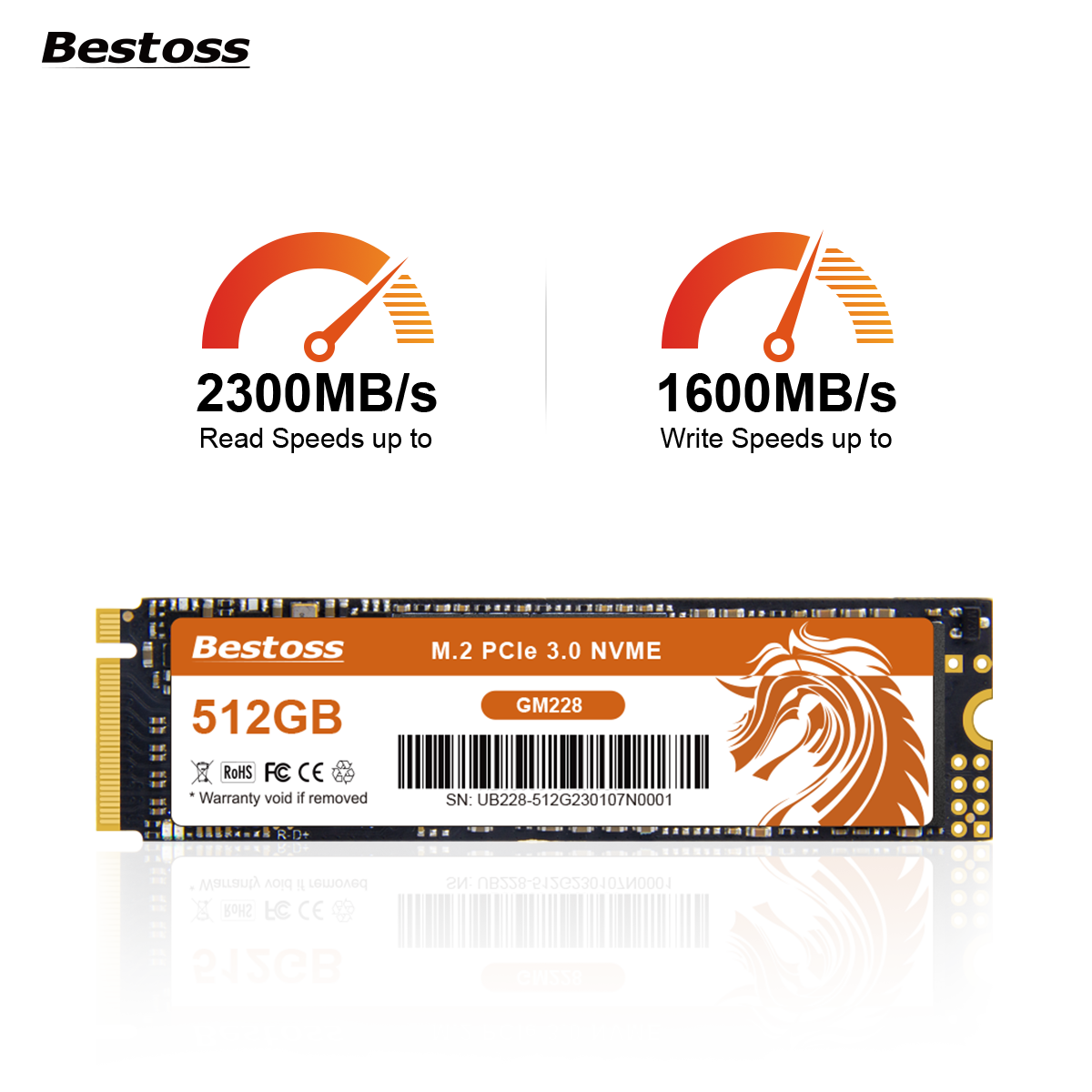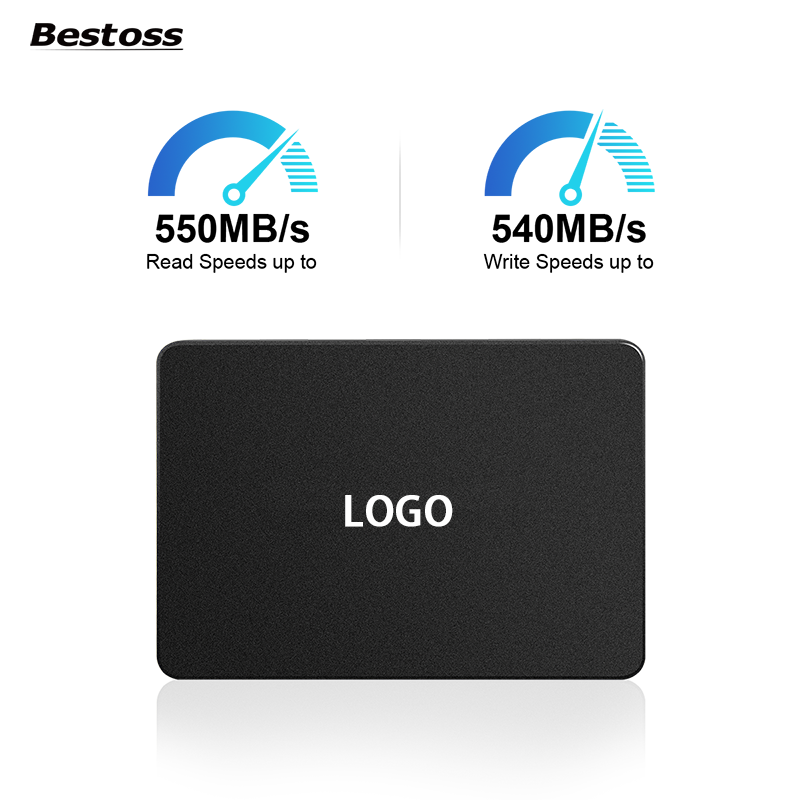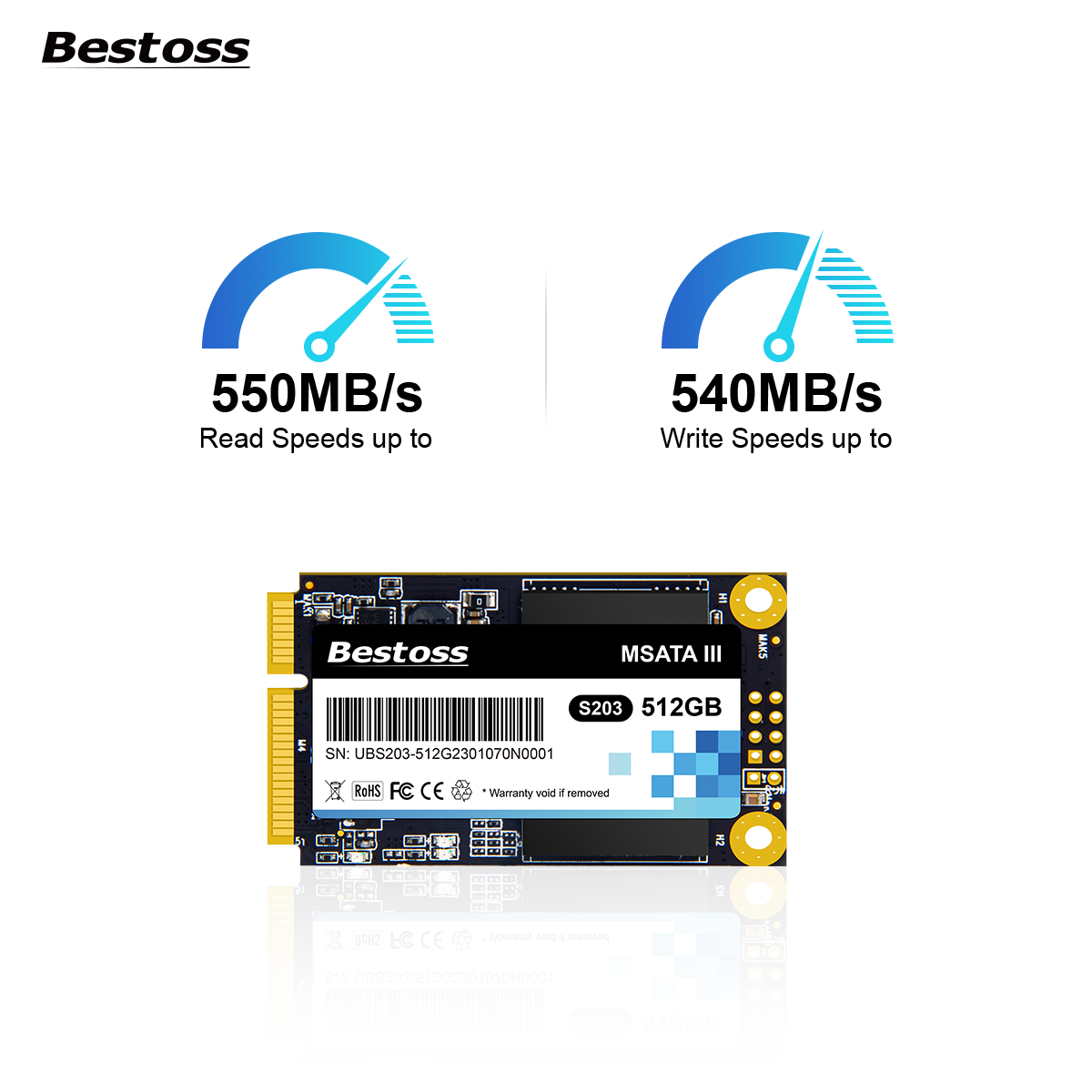- Home
-
Products
-
Product collection
-
- Application
- OEM&ODM
- News
- About Us
- Contact Us

PCIe vs SATA vs mSATA: How to Choose the Right High-Speed SSD for Your Device?
When upgrading your computer system or implementing storage solutions for embedded devices, choosing the appropriate SSD technology is absolutely critical for achieving optimal performance gains. In today's storage market, three primary interface standards have emerged as the dominant solutions, each designed to address specific use cases and performance requirements.
As an established leader in solid-state drive manufacturing with years of industry experience, we can understand that selecting between PCIe, SATA, and mSATA interfaces can be challenging for both consumers and businesses. These three technologies represent fundamentally different approaches to storage implementation, with unique architectures that deliver varying levels of performance, compatibility, and physical form factors.

PCIe SSD: The Ultimate Choice for High Performance
PCIe (Peripheral Component Interconnect Express) connects directly to the CPU, delivering significantly higher bandwidth than traditional interfaces. For example, PCIe 3.0 x4 offers 32Gbps, while PCIe 4.0 doubles that to 64Gbps, making it ideal for gaming, 4K/8K video editing, and large-scale data processing.

SATA SSD: Balancing Compatibility and Cost Performance
Although the SATA III interface is limited by 6Gbps bandwidth (actual speed of approximately 550MB/s), it is compatible with the vast majority of older motherboards and laptops, making it the preferred choice for upgrading mechanical hard drives. For users with daily office work, light design, or limited budget, SATA SSDs can still significantly improve response speed.

mSATA SSD: Compact Size, Reliable Performance
mSATA (Mini-SATA) SSDs feature a small form factor (50mm×30mm) and low power consumption, making them ideal for space-constrained devices like mini PCs, automotive systems. While performance matches SATA III, they excel in shock resistance and stability.
Industrial Solution: Our mSATA SSDs support wide-temperature operation (-40℃~85℃), perfect for harsh environments.

How to Choose? Match Your Needs
Selecting the right SSD depends on your usage scenario, device compatibility, and performance requirements. Here’s a detailed guide:
1. For Gamers, Content Creators & High-Performance Users → Choose PCIe SSD
Best for: AAA gaming, 4K/8K video editing, 3D rendering, virtualization, and database applications.
Advantage: Blazing-fast speeds (3500MB/s+) with NVMe protocol, reducing load times significantly.
Note: Verify motherboard support for PCIe NVMe (M.2/U.2); older systems may need an adapter.
2. For Older PCs, Office Use & General Upgrades → Choose SATA SSD
Best for: Laptop/desktop HDD replacements, document work, web browsing, and 1080p media.
Advantage: Universal compatibility (even with 10-year-old systems), 3-5x faster than HDDs.
Note: Max speed capped at 600MB/s, but still a huge improvement over mechanical drives.
3. For Compact Systems & Industrial Use → Choose mSATA SSD
Best for: Mini PCs (e.g., Intel NUC), industrial controls, digital signage, and embedded systems.
Advantage: Ultra-compact (1/3 the size of a credit card), low power, and vibration-resistant.
Note: mSATA is being phased out in favor of M.2—check device compatibility before buying.
Capacity Guide:
OS + Apps: 256GB–512GB
Gaming/Editing: 1TB–2TB
Industrial/Embedded: 128GB–512GB
Endurance (TBW):
Casual Users: 300–600TBW (5–10 years)
Heavy Workloads: 1000TBW+ (Enterprise-grade)
Brand Trust: Choose tested, warranty-backed SSDs (like UTIONBEST) to avoid data risks.
Final Advice: There’s no "best" SSD—only the right SSD for your needs. Whether you prioritize speed, compatibility, or compactness, UTIONBEST offers tailored solutions for every scenario.
By continuing to use the site you agree to our privacy policy Terms and Conditions.